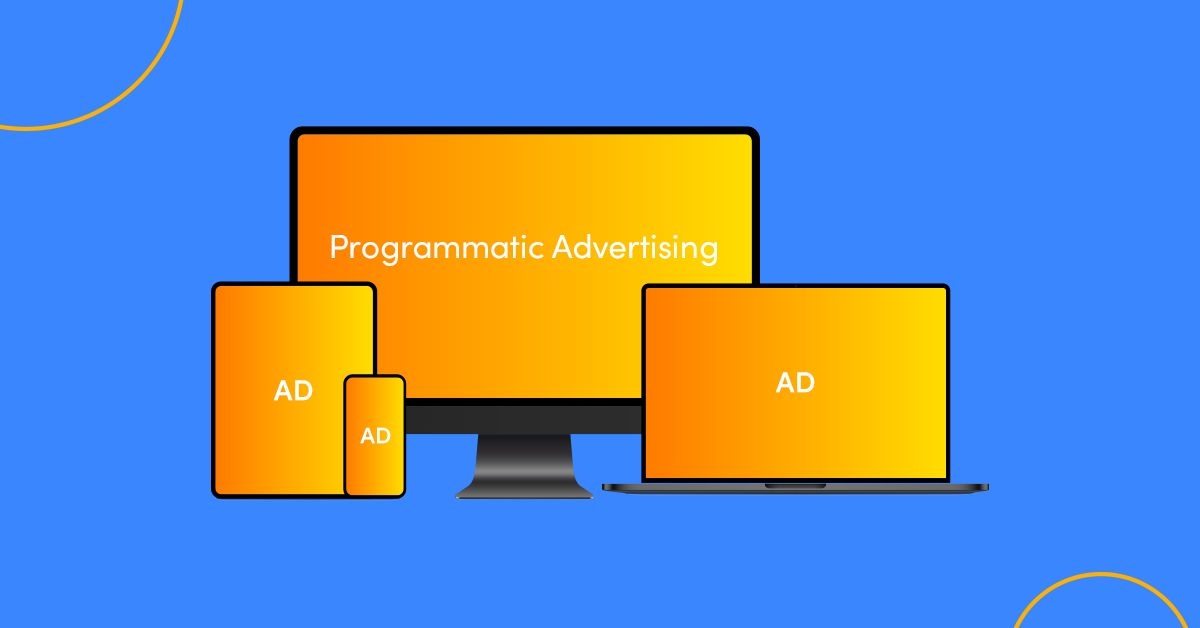How to Improve the User Experience and Readability of Your Content?

It seems that everybody is speaking about conversion rate optimisation today. Website owners big and small are taking advantage of conversion rate optimisation software programs to check every link, button, and widget on their landing pages. Most of these website owners have leveraged blogs for different reasons – that includes (but is not limited to) establishing the authenticity of the brand within a sector for which they have a product or a service and adding a reason for people to keep visiting their website.

And while optimising the pages to convert audiences into clients is itself not a bad thing (after all, users view your website to accomplish an objective too), this can be tricky if site owners overlook the place that users put in most of their time: the blog!
How many times have you visited a website with an attractively designed homepage, only to end up on a blog that is hard to read, and under-performing in the user experience area? This is something we notice with site owners that aimlessly attach a blog to their corporate website.
Sometimes the content in these unattractive blogs may be interesting, however, they lack clarity and stelar execution.
If you are not getting the engagement, social shares, backlinks, and comments your blog content deserves, first make sure that you know your audience and that you are writing informative blog posts for them. If your content is excellent, but traffic and engagement of your blog are low, then check out these tested strategies…
Know Your Voice
First and foremost, it is good to figure out a compelling voice. Having a voice for your brand is essential when it comes to communicating to your users through content. Content with a profusion of character will hand out the feeling that your audience is talking to a real person and not just a business. Now is the time to reveal your brand identity. The user experience will be much better if your users are engaged with and intrigued by what they are reading.

The tone of the content should be translated through all your marketing efforts, from across your site and blog posts, to your email marketing and social media channels. This will result in two crucial factors; authenticity and recognition. Not only do users love to see and value credibility, but to be easily noticed is the key to building a tone of voice that places you ahead of competitors.
Keep Your Content Clear and Concise
When developing content, it is good to keep in mind how you would feel after reading it. Is it delivering you clear explanations of what you are trying to communicate efficiently and effectively? This thought process is decisive in ensuring that your content performs to the best of its abilities in user experience. When someone visits your website, they expect to find the data they need, and not have to waste time on it.

Keep things precise and clear; clarity results in understanding which will inspire the audience to come back. Clear and concise content is the key to user experience.
Image Inclusion

The digital world is ever-evolving and crowded with content. Users are aware of what makes a website worth staying on; but what gets recognised initially when landing on a website? For most, the first few seconds are all about the graphical imagery, since our minds immediately digest visual content before written content. Thus the quality of your image is what makes or breaks your website. With the vast array of imagery needed to keep websites interesting, many website developers and content creators resort to stock imagery. However, if a user has noticed an image from your website elsewhere, whether that being on another website or another page from your own website, it has the power to negatively impact a users trust and make your website appear generic. That is not to say don’t use images at all, it is still critical to keep things visual. However, it is important to ensure that you never overuse images and to check the popularity of the image on the stock imagery site you are sourcing from.
Whichever images you pick, place them effectively to break from text, but most importantly, keep every image compatible.
Provide a “Related Content” Feature
Sites usually make the mistake of not including relevant content for the users at the end of their blog. If you provide amazing content, your users may want to move on and read more on a similar topic. If it's too much of a hassle for them to find similar content on your website, they will ultimately give up.
Providing a few links to other content related to that of the existing one is the both a simple approach and works best in practice. Your audience will be much more compelled to stay on your website with all that content one click away!

Even though your content may come to mind when you try to enhance the user experience, it is just as, if not more prominent than the site design and its features. Readers have their own priorities when it comes to noticing content and reading it. Ensure that you do a comprehensive analysis and research of your market initially before developing and presenting your content. This is the most exceptional way to give value to your users and keep them coming back.
Are you looking to enhance your content strategy? You are at the right place here, ping us for the best content writing services ASAP.



